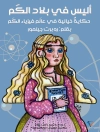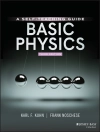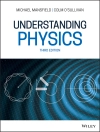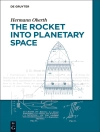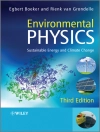This book features several of the significant scientific debates and controversies that helped develop space science in the early space era. The debates led to significant new understandings of the constituents and processes occurring beyond Earth’s atmosphere, and often opened new research directions. Scientific speculations with their resultant debates have played an important role in the development and furthering of research in general. The book thus has broad intellectual importance in illustrating how science advances.
The book includes debates in the subject areas of heliophysics (physics in the cosmic region that covers particles and magnetic fields flowing from the Sun), Earth’s moon, solar system asteroids and comets, and the origin of cosmic gamma-ray bursts. A final chapter describes two important and surprising early scientific discoveries that involved no debates.
The target audience for this book includes (a) active and retired space scientists, (b) space enthusiasts, and (c) students as supplemental (or even prime) reading in an introductory astronomy and/or space science course. The topics of the debates and controversies, their resolutions, and their pointing to further research and understanding of nature are of both historical and contemporary interest, appeal, and value.
Inhaltsverzeichnis
Chapter 1 Introduction.- Chapter 2 Solar Wind or Solar Breeze?.- Chapter 3 Open versus Closed Magnetosphere.- Chapter 4 Influx of Small Comets into Earth’s Atmosphere.- Chapter 5 Origin of the Moon.- Chapter 6 Lunar Dust.- Chapter 7 Did the Chicxulub Impact Cause the Cretaceous Extinctions?.- Chapter 8 Size of the Solar System.- Chapter 9 Sources of Gamma-Ray Bursts.- Chapter 10 Reflections on Space Science Research.- Name Index.- Subject Index.
Über den Autor
Warren David Cummings was the first Ph D to graduate from the Space Science Department of Rice University. He then joined the faculty of the Department of Planetary and Space Science at UCLA. Dr. Cummings later served as Head of the Department of Physics at Grambling State
University before becoming the Executive Director of the Universities Space Research Association (USRA). He served in this latter capacity for 31 years. He is the author of books on the history of theories of the origins of Earth’s moon and of the history of USRA.
Louis J. Lanzerotti is a Distinguished Research Professor of Physics at the New Jersey Institute of Technology. He is retired from Alcatel Lucent Bell Laboratories. He has had a long career in space research, both ground-based and satellite-based, and has one co-authored and five coedited
volumes.


